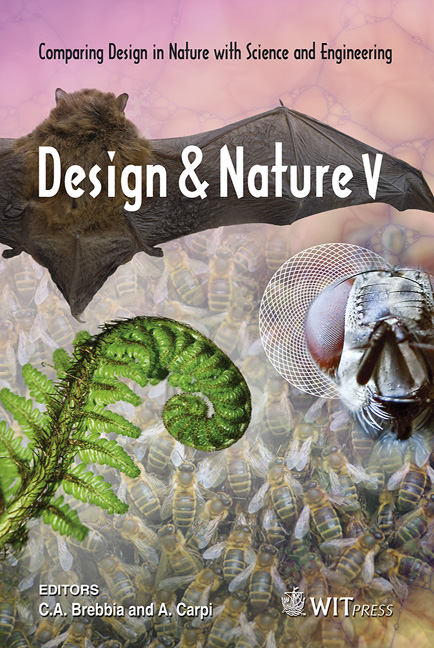A Living System For Future Engineers
Price
Free (open access)
Transaction
Volume
138
Pages
8
Page Range
537 - 544
Published
2010
Size
3,836 kb
Paper DOI
10.2495/DN100481
Copyright
WIT Press
Author(s)
K. Jahan, J. W. Everett, S. Farrell, G. Tang, H. Zhang, A. Wenger & M. Noorie
Abstract
Engineering education needs to be attractive, relevant and practical to attract talented individuals to the profession. Using a known fun living system can bring engineering alive as a viable career option. An aquarium is a great example of a living system that can be used as a teaching tool for future engineers. It is an exquisite combination of live interacting systems which can be analyzed using multidisciplinary engineering and science principles. While children are familiar with an aquarium via personal aquariums or school field trips to a commercial aquarium, they seldom make a connection to the engineering and science principles behind the design, operation and maintenance of such a living system. Students can easily be introduced to different engineering topics, principles and disciplines via the study of such a system. Common topics such as mass and energy balances; fluid flow; work, energy, and efficiency; forces and levers; material strength and stresses; water quality and treatment; and electrical signal processing can be made relevant to the workings of a living system. The aquarium theme also adds to the need for an understanding of biological systems, ecosystems, pollution and sustainable development. This paper describes the use of a living system such as an aquarium to teach science and engineering concepts to students of all ages. Keywords: aquarium, sustainability, water quality, materials, living system.
Keywords
aquarium, sustainability, water quality, materials, living system





